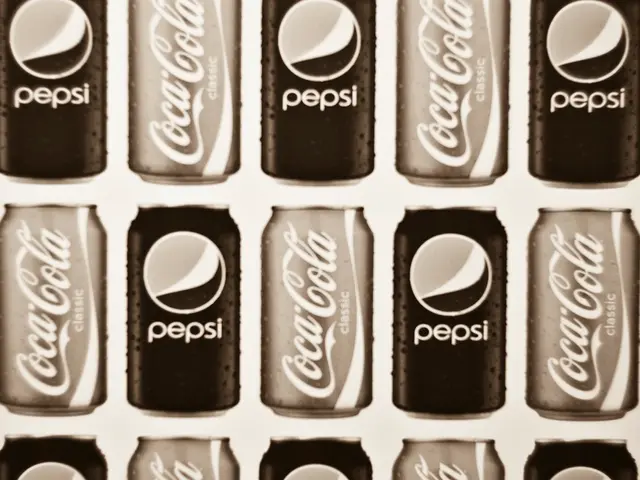Understanding the Two Variants of Macular Degeneration
Understanding Macular Degeneration: Dry vs. Wet
Macular degeneration, also known as age-related macular degeneration (AMD), is a gradual loss of central vision that affects millions of people worldwide. This condition, which primarily affects older adults, can be broadly categorised into two types: dry and wet AMD.
Dry Macular Degeneration (Dry AMD)
Dry AMD is the more common type, accounting for about 80-90% of cases. It develops gradually due to thinning of the macula and the accumulation of yellow deposits called drusen. This leads to a slow, progressive loss of central vision[2][5]. In the early stage of AMD (subclinical AMD), a person will not generally show any signs of symptoms. Some people may start to notice mild symptoms at the intermediate stage of AMD, including mild blurriness in central vision and trouble seeing in low light.
Wet Macular Degeneration (Wet AMD)
Wet AMD is less common (10-15% of cases) but more severe and rapid. It involves abnormal growth of fragile blood vessels beneath the macula that leak fluid and blood, causing rapid vision distortion or loss[2][3][5]. Wet AMD occurs when abnormal blood vessels grow under the retina. Wet AMD symptoms often include distorted/wavy vision and sudden central blind spots, while dry AMD causes gradual vision blurring[5].
Treatment Options
Dry AMD currently has no cure, but management focuses on slowing its progression. This is often achieved via nutritional supplements such as the AREDS 2 formula vitamins[2][4]. For wet AMD, prompt medical treatment is essential to prevent permanent vision loss. Main treatments are anti-VEGF injections that block abnormal blood vessel growth. In some cases, laser therapy or photodynamic therapy may be used[2][4][5].
Stages of AMD
AMD progression typically occurs in three stages:
- Early stage: Usually no vision loss or symptoms but drusen may be detectable in an eye exam.
- Intermediate stage: Mild vision changes or blurring; more drusen and pigment changes are visible.
- Late stage: Significant vision loss, central blind spots, distortion, and in wet AMD, sudden rapid vision loss[2].
Recent Developments
In 2023, the Food and Drug Administration (FDA) approved the first medications for geographic atrophy, an advanced stage of dry AMD that affects an estimated 1 million people in the United States. These medications, pegcetacoplan (Empaveli, Syfovre) and avacincaptad pegol (Izervay), are injectable and are intended for use in people with intermediate dry AMD[1].
In conclusion, dry AMD is a slower, more common form marked by gradual degeneration and drusen, with limited current treatments. Wet AMD, on the other hand, is a less common but aggressive form with abnormal leaking blood vessels needing timely injections to halt rapid vision loss. Early detection and regular monitoring, along with lifestyle changes such as getting regular exercise, quitting smoking, and eating a nutritious diet, can be beneficial in the early stage of AMD[2]. For those living with vision loss due to AMD, assistive devices, such as magnifying glasses or specialized computers and screens, can help improve daily life. Learning to live with vision loss is possible, and many people find that working with a vision rehabilitation specialist helps them better utilize their side vision.







